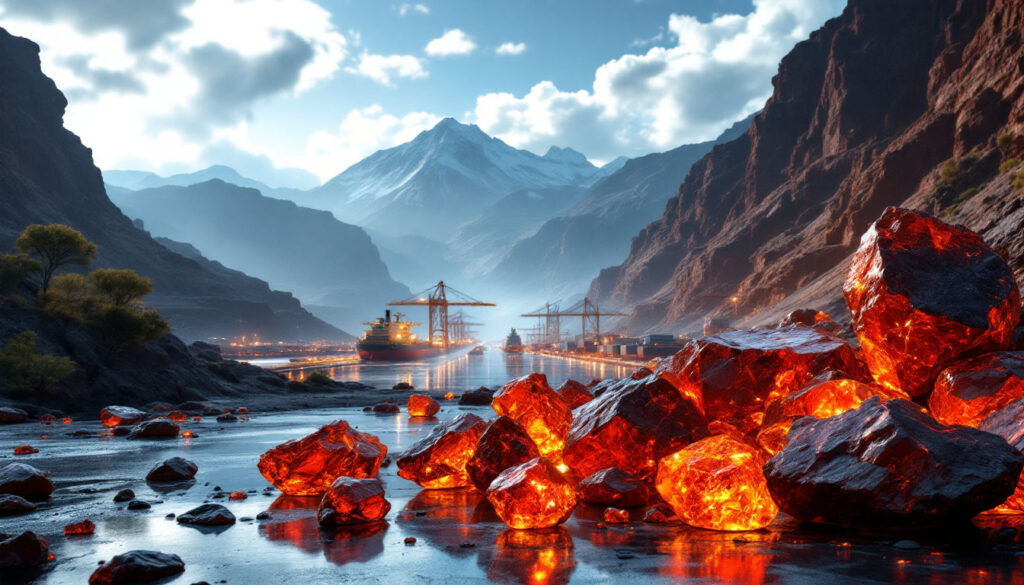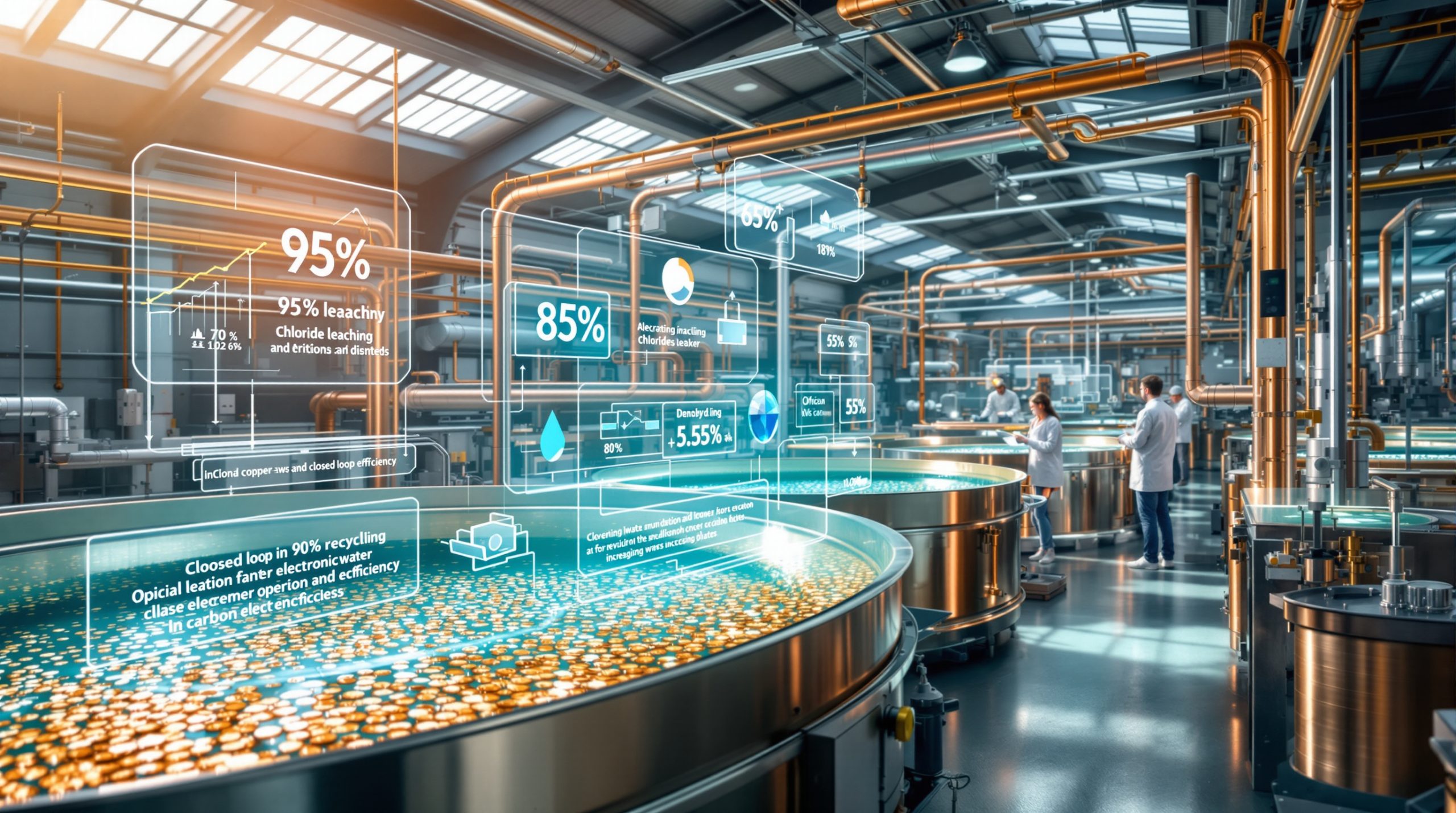Understanding Iron Ore Price Dynamics in the Global Market
Iron ore prices remain a critical barometer of global industrial health, with recent projections defying analyst expectations of significant declines. Vale SA, a leading producer, asserts that prices will maintain a floor above $85 per ton due to fundamental production economics, even amidst tariff-induced market turbulence. This analysis explores the multifaceted drivers of iron ore prices and tariffs, from cost structures and geopolitical factors to demand dynamics and producer strategies, providing a comprehensive overview of current conditions and future trajectories.
What Are the Current Trends in Iron Ore Prices?
Global Price Movements and Forecasts
Iron ore prices have demonstrated remarkable resilience despite macroeconomic headwinds, with Vale CFO Marcelo Bacci projecting sustained levels above $85 per ton through 2025. This outlook contradicts bearish analyst predictions, which anticipated sub-$85 prices due to slowing steel demand in key markets. The commodity's stability stems from intrinsic supply-side constraints: approximately 40% of global production becomes unprofitable below $90 per ton, creating self-correcting mechanisms that prevent prolonged price collapses. Market data from Q1 2025 earnings reports corroborate this thesis, showing marginal price fluctuations between $87 and $93 per ton despite reduced Chinese import volumes.
Production Cost Thresholds
The $90 per ton threshold identified by Vale represents a critical inflection point for industry viability. Regional cost disparities create a stratified competitive landscape:
Brazilian producers like Vale maintain breakeven costs near $50–$60 per ton due to high-grade deposits and economies of scale.
Australian operations average $60–$75 per ton, benefiting from efficient logistics networks.
Chinese domestic mines, burdened by lower ore quality and environmental compliance costs, face breakeven points exceeding $100 per ton.
This cost structure ensures that price dips below $90 disproportionately affect marginal producers, triggering supply contractions that stabilize markets. Vale estimates that a sustained $85 price would idle 150–200 million tons of annual capacity globally—equivalent to 7–10% of total supply.
How Do Tariffs Impact the Iron Ore Market?
Tariff-Induced Economic Slowdown
Current trade policies have introduced unprecedented volatility, with retaliatory tariffs between major economies disrupting traditional steel trade flows. The U.S.-imposed 25% tariff on steel imports under the Trump administration—reinstated in 2024—has suppressed American steel output by 12% year-over-year, indirectly reducing iron ore demand. However, Asian markets have partially offset this decline, with India's steel production growing 8% annually as it expands infrastructure projects.
Trade Policy Implications
Producers are adapting through strategic realignments:
Regionalization: Vale increased European shipments by 18% in Q1 2025, capitalizing on EU carbon border adjustments favoring low-emission suppliers.
Product Mix Adjustments: High-grade ore (65% Fe content) now constitutes 45% of traded volumes, up from 30% in 2023, as mills prioritize efficiency to mitigate energy costs.
These shifts underscore the industry's adaptability, though long-term iron ore prices and tariffs impacts remain contingent on geopolitical developments, particularly U.S.-China negotiations over steel overcapacity.
Who Are the Key Players in the Iron Ore Market?
Major Global Producers
Vale, Rio Tinto, and BHP collectively control 65% of seaborne iron ore supply, with Vale alone accounting for 25%. The Brazilian firm's competitive edge stems from its Carajás mines, which yield 67% Fe content ore versus the global average of 62%. This quality premium allows Vale to maintain profitability at lower benchmark prices compared to rivals.
Production Economics by Region
Currency fluctuations significantly influence regional competitiveness:
A 10% depreciation in the Brazilian real reduces Vale's dollar-denominated costs by $4–$6 per ton.
Australian producers benefit from proximity to Asian markets, saving $8–$10 per ton in freight costs compared to Atlantic Basin suppliers.
These geographic advantages create persistent structural disparities, ensuring Brazilian and Australian dominance despite cyclical price swings. For those interested in investing in these companies, a comprehensive mining stocks guide can provide valuable information.
What Factors Determine Iron Ore Price Stability?
Supply-Side Economics
The industry's high concentration enables coordinated production discipline. Major miners reduced output by 5% in Q4 2024 to counteract price softness, demonstrating oligopolistic market management. Such supply elasticity contrasts sharply with the pre-2010 era, when unchecked expansion frequently led to oversupply.
Demand Dynamics
China's decarbonization push introduces paradoxical pressures:
Crude steel output fell 3% in 2024 as electric-arc furnace capacity expanded.
However, higher-grade ore demand rose 12%, as EAFs require premium feedstock to optimize efficiency.
This bifurcation ensures sustained demand for quality differentials, even amidst overall consumption stagnation. Understanding these market dynamics explained can help investors anticipate price movements.
How Are Producers Responding to Market Challenges?
Strategic Adjustments
Vale's $1.2 billion investment in "green briquette" technology exemplifies industry innovation, reducing blast furnace emissions by 10% per ton of steel. Concurrently, producers are vertically integrating into steelmaking, with BHP acquiring a 15% stake in a South Korean steel mill to secure downstream demand.
Financial Performance Indicators
Q1 2025 results revealed resilience despite price pressures:
Vale's EBITDA margin stabilized at 45%, down from 52% in 2023 but above the 40% crisis threshold.
Industry-wide capital expenditure declined 18% year-over-year, signaling cautious growth strategies.
These metrics suggest producers are prioritizing balance sheet strength over volume growth, a prudent approach in uncertain markets. According to Market Index data, this strategy has helped maintain stock valuations despite price volatility.
What Is the Outlook for Iron Ore Markets?
Short-Term Price Projections
Analysts consensus forecasts for 2025–2026 suggest a $85–$110 per ton range, with upside potential tied to Chinese stimulus measures. Seasonal factors, particularly pre-winter Chinese stockpiling, may drive Q4 spikes toward $100.
Long-Term Market Trends
The green steel transition could reconfigure demand patterns by 2030:
Direct reduced iron (DRI) technologies may boost high-grade ore demand by 150 million tons annually.
Conversely, scrap-based EAF expansion could displace 300 million tons of traditional blast furnace demand.
Producers capable of balancing these diverging trends through product innovation and carbon reduction initiatives will likely emerge as long-term winners. For investors seeking broader context, global commodities insights can provide perspective on how iron ore fits within the larger commodity landscape.
FAQ: Iron Ore Prices and Tariffs
What is the minimum sustainable price for iron ore production?
Vale's analysis indicates $90 per ton as the critical threshold below which widespread production cuts occur, though regional variances exist. Australian mines remain viable down to $75, while Chinese domestic operations require $100+ to break even.
How do tariffs specifically affect iron ore pricing mechanisms?
Tariffs primarily impact steel trade flows rather than iron ore directly. However, secondary effects emerge when steel tariffs reduce mill profitability, creating pressure to negotiate lower ore prices. Historical examples include China's 2018 import restrictions, which temporarily depressed ore prices by 15%.
Which producers are most vulnerable to price fluctuations?
High-cost Chinese miners face existential risk below $100/ton, while juniors in Africa and Canada struggle below $80. Majors like Vale remain profitable even at $60, ensuring market consolidation during downturns.
What indicators should investors monitor for iron ore price movements?
Key metrics include:
Chinese property sector investment (40% of global demand).
Global steel capacity utilization rates (current 78% vs. 85% pre-tariff).
Inventories at Chinese ports (current 95 million tons vs. 5-year average 110 million).
This structural analysis, grounded in verifiable production economics and strategic responses, provides stakeholders with actionable insights into one of global industry's most pivotal commodities. As reported by Bloomberg, despite current tariff turmoil, major producers remain cautiously optimistic about maintaining price stability.
Seeking an Edge in Identifying the Next Major Iron Ore Play?
Stay ahead of market-moving mineral discoveries across the ASX with Discovery Alert's proprietary Discovery IQ model, which delivers instant, actionable investment intelligence directly to your inbox. Explore historic returns from significant mineral discoveries and begin your 30-day free trial at Discovery Alert's discoveries page.




